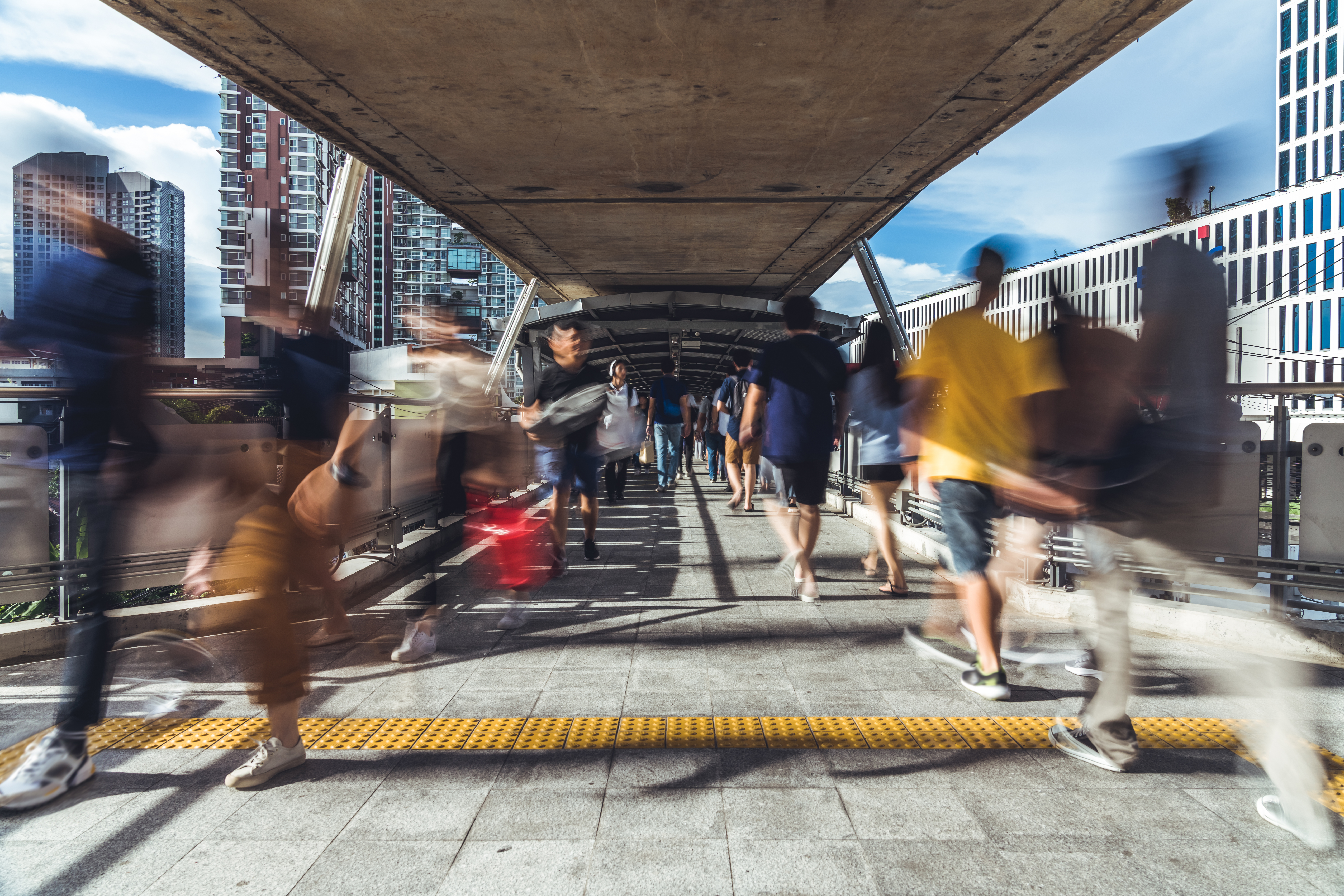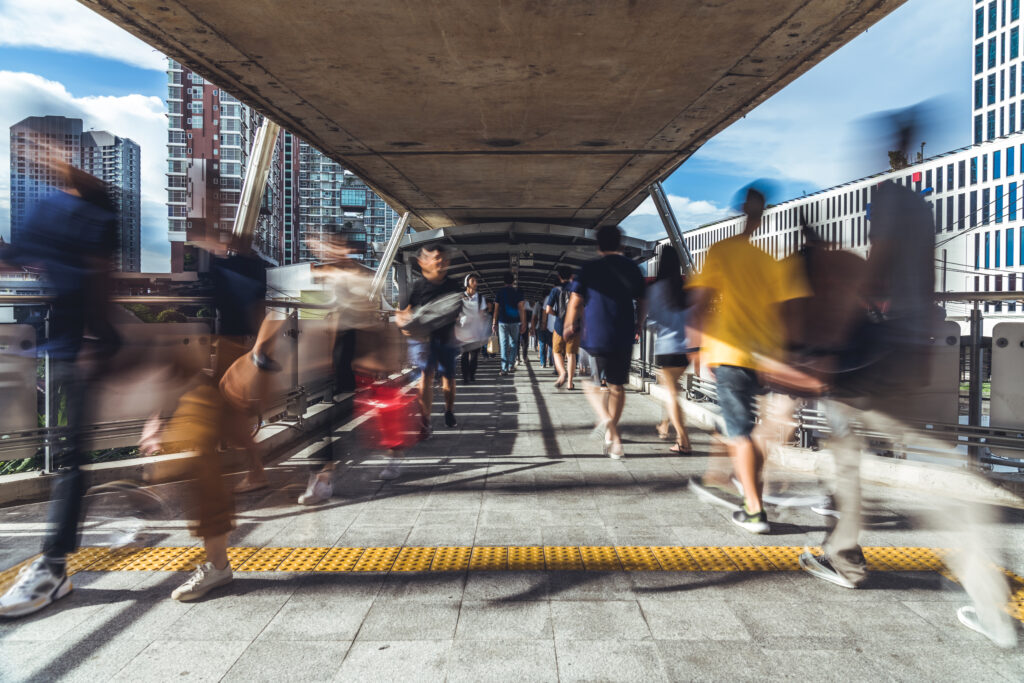
It comes as no surprise that owning a car in Singapore is a pretty pricey affair. That’s why tons of Singaporeans content themselves with the extensive public transport network which has become an integral part of life here. But between owning a car and jostling through crowds to get from one location to another, there’s another affordable transport option in Singapore–car rental!
There are many car rental companies in Singapore offering car rental services for various needs. If this is your first time renting a car, there are a few things you should definitely look out for. Keep reading to find this comprehensive guide we’ve put together on all you need to know about finding cheap car rental services in Singapore!
Basic Requirements for Car Rental in Singapore
Though the legal driving age for Singaporeans is 18, you won’t necessarily be able to rent a car to get around in till you’re 21, but with a higher excess for those with driving experience of under 2 years, so check out these basic requirements if this is your first time considering car rental in Singapore!
Minimum Driving Age: Most car rental companies have a minimum driving age of 21-23 years old and NRIC and Driver’s License has to be produced for the car rental.
Expats: For Expatriates, passport, employment pass and valid International Driver’s Permit (IDL) must be produced. In the absence of an IDL, the hirer can produce their own country’s driver license which has to be translated into English.
Figure Out Your Car Rental Needs
Short Term Car Rental
If you’re looking for a car for a fun little weekend getaway or if you simply feel like spending a few days cruising around to beat the crowds during holidays, a short-term car rental will be the best option for you.
Also, the general rule of thumb is that the shorter the rental duration, the higher the rental costs per day. So taking the time to assess how long you’re going to rent a car can really make a difference to the final expenditure. If you are going to rent a car for more than 2 weeks, check the difference between the daily and monthly rental so you can do your math and figure out which is better for you.
Long-Term Car Rental
For those who do not want to bear the burden of the costs that come with owning a car, but still want to drive frequently, long term car rental options may be more suitable for you. Usually, long term car rental packages come in the form of monthly or yearly contracts depending on the user. If you’re looking for a more cost-effective option, one-year and longer contracts are usually cheaper than monthly contracts, if you break down the costs on a daily basis.
If you’re going to be driving the car frequently over a significant period of time, you should definitely opt for a long-term car rental package. You may also want to pick a specific model that will best suit your needs, given your frequent use. At ETHOZ, we offer a wide variety of make and models to suit your needs or preferences. If you are able to commit a longer term, i.e., 2 years or more, you will have the option of leasing a brand-new vehicle.
When is the Best Time to Get Cheap Car Rental?
As the saying goes, timing is everything–and that holds true even for car rentals! If you’re anticipating the need to rent a car during peak periods such as Chinese New Year, Hari Raya and so on, you may want to approach your car rental service provider way before this festive period to avoid peak period surcharges. The peak period surcharge will apply as long as your dates fall within the peak period but you may be eligible for early bird discounts if you make a booking early! However, if you are flexible with your dates, you may want to avoid renting during the peak period to avoid paying premium rates. Not to mention, if you put this off till right before the festive period, you might find that your car models of choice have all been snapped up!
What is Included in the Car Rental Package?
Different car rental companies carry varying assortments of car fleets and have different terms and conditions that are included in the car rental package. If you’re looking to save costs on car rentals, it is important to pay attention to the following details that entail renting a car. This may save you the additional expenses that may arise in certain circumstances.
Insurance Coverage
If you’ve never owned a car before and are looking to rent a car for the first time, insurance is something that you should definitely look into. It is advisable that you familiarise yourself with some of the terms included in car insurance.
Named Driver
If you’re renting a car for use among yourself and other family members or even friends, do ensure that all your names are stated in the contract. You should check with your car rental company to verify how many drivers are allowed to drive the rental car and if additional payment for insurance is required for additional drivers as the insurance company can choose not to cover unnamed or additional drivers. If someone whose name isn’t in the contract drives the car, you may not be insured and this may result in additional costs when the need arises to claim insurance.
Excess
Excess refers to the maximum amount that you have to pay on your own in the event an accident occurs. For instance, if you are involved in an accident you will be liable for the Excess stated in the contract regardless of the repair cost which can be higher or lower that the Excess. However, if the accident is found to be 100% liable to the third party, the excess you have paid will be refunded. Do note that for those planning to drive into Malaysia, the excess may be even higher.
For those above or below a certain age or has driving experience less than the minimum required stated in the contract, you will be subject to an additional Excess on top of the stipulated Excess. If you are planning to drive into Malaysia, do note that in the event an accident occurs, you will be subject to a higher Excess.
Collision Damage Waiver (CDW)
If in the case of an unfortunate event where the car is subjected to some damage while you’re driving it, you will be held liable for the Excess stated in the contract. However, if you wish to lower the Excess liability, you can simply purchase a CDW when renting to lower the Excess. All you have to do is pay a little more upfront and you can drive with a peace of mind!
Theft Protection
While none of us ever imagine our rental car getting stolen, it is best that we are prepared for such a scenario. Theft protection insurance can protect you against the costs you would have to pay if your car or even parts of it get stolen. Just like how a CDW works, you simply have to pay extra upfront and the theft protection insurance will reduce your liability if the car gets stolen.
Accidents & Emergency Breakdown Services
Accidents can happen at any time, and it’s important that you can get help as soon as possible in such times of distress. Fortunately, ETHOZ has a 24/7 operating call center that can assist you if you need help in the event of a vehicle breakdown or accident. In the unfortunate event that an accident occurs, note down the vehicle number of the involved drivers as well as capture photos of the accident site for the accident report. Subsequently, report the accident within 24 hours to ETHOZ Accident Reporting Centre situated at Bukit Batok and Tampines to submit the accident report. The Claims Sales Executives at ETHOZ will arrange for the repairs to be made and also assist in resolving the insurance claims.
Driving to Malaysia
If you’re looking for a short-term rental for a road trip to Malaysia, it is important to make sure that this is included in the rental package, since not all rental companies allow you to drive their cars to Malaysia. While some car rental companies offer special packages for you to drive into Malaysia, some companies may charge an additional surcharge for crossing the causeway. Also, some rental companies do not provide insurance coverage and some of the smaller rental companies may not provide breakdown services in Malaysia. Do make sure you clarify with the car rental company before entering Malaysia to extra costs for your car rental!
Cheap Car Rental Singapore
If it’s your first time renting a car in Singapore, it may be confusing — especially with so many things to look out for to find the most suitable car. If you’re still having trouble deciding on a car rental package that would best meet your needs, simply give our team at ETHOZ a call at 66547788 or drop us an email at contactus@ethozgroup.com today!



















